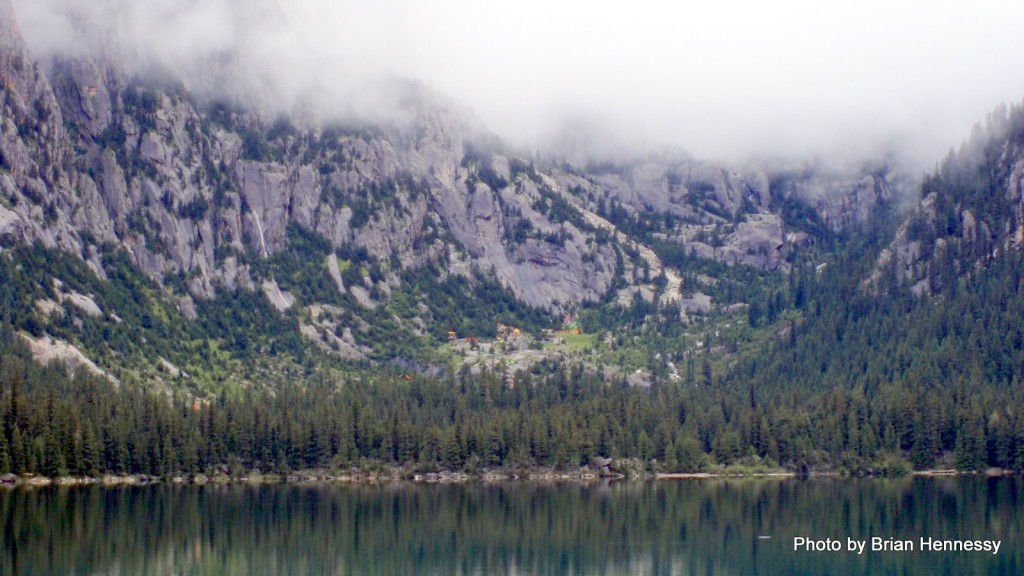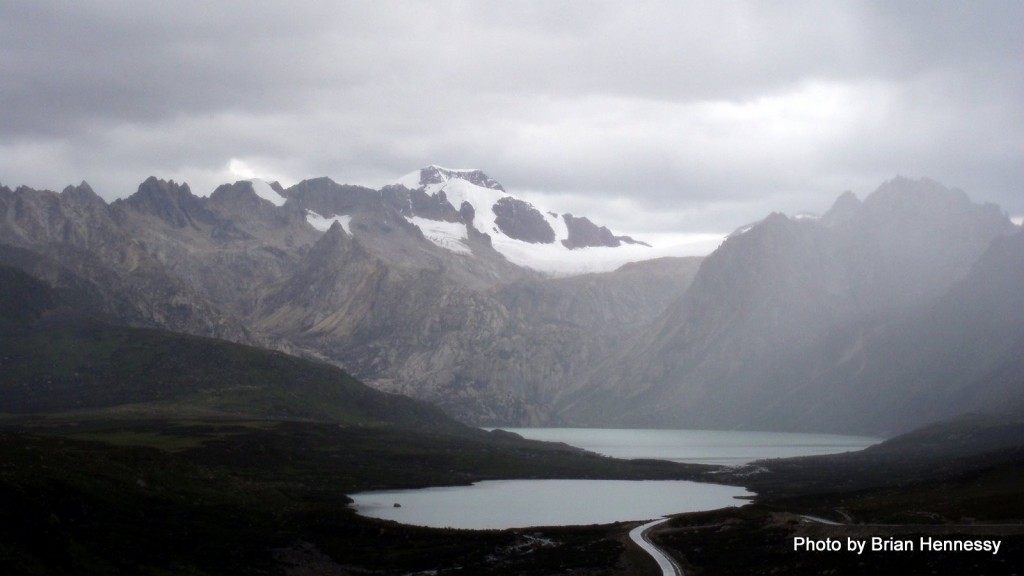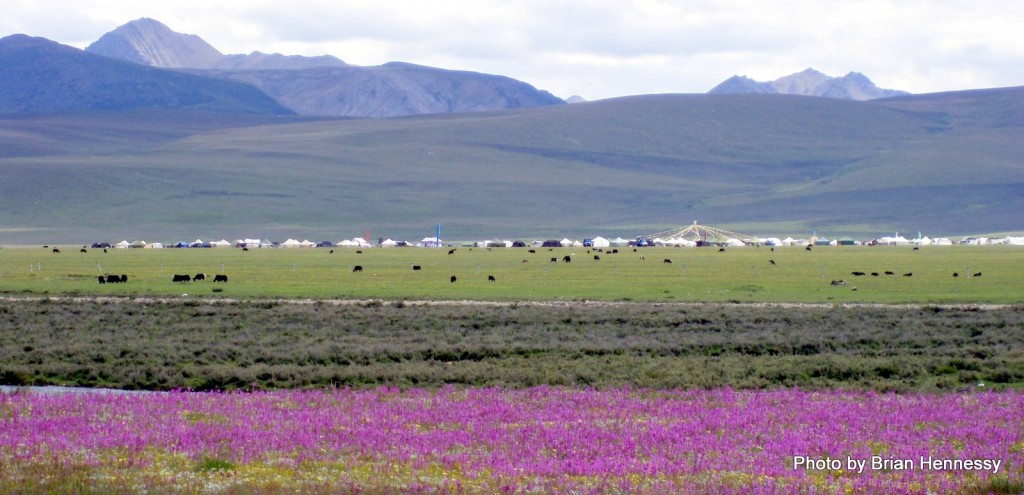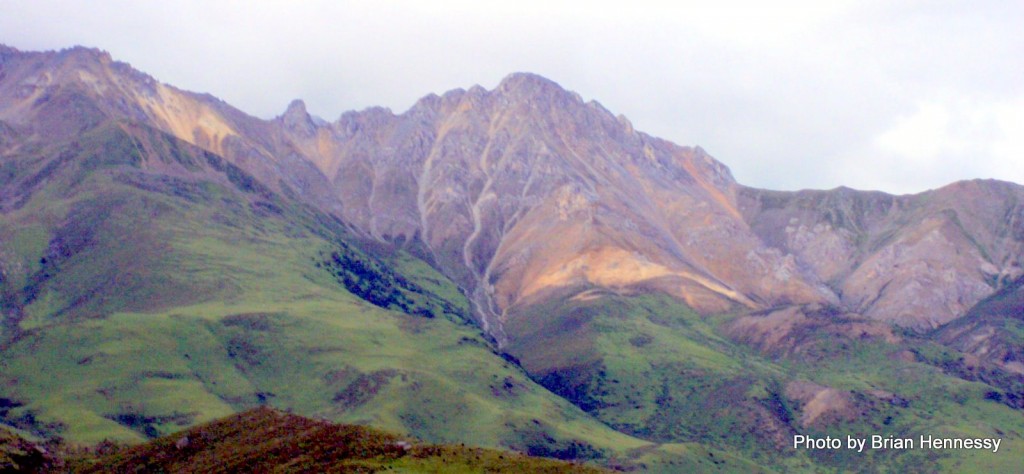Valley: On the Tibetan border
Brian Hennessy. An Australian in China. Summer
The valley’s name is Tsaupa Gu (Chuppa Gully). It is located on the other side of Genie Holy Mountain, and is surrounded by a jagged semicircle of grey, green and brown which dominates the closed eastern end of this little lost world. A giant angular Buddha, topped with a white glow of summer snow and ice, nudging the stratosphere. God knows how high it is. The valley floor is 4200m.

Tsaupa Gu.
______________________________________________________________
The mountain encloses a still, green lake. Above the lake wrapped in Buddha’s arms, is a small Tibetan monastery. On the other side of the lake, the flatter side, is a small village. The building material for both is wood. Juniper or cypress from the alpine forests covering the foothills.
I hitched a lift with some friends to get there. We drove west from Litang towards the settled community of Batang on the border with Tibet. A very different town to Litang. My Tibetan friend doesn’t have much time for the folk from Batang and looks down her perfect aqueline nose at them: “they are farmers, not nomads like us”.
Says it all, doesn’t it.
We turned right just before Batang, off the main road and onto a track that wound its way up the valley. Through occasional small Tibetan settlements (farmers, not nomads!) and their small fields of buckwheat, following the course of a rushing stream which had its sources up there somewhere. Past the open fissures which cut the valley floor and blow heated sulpha steam into the cool clear sky, past the prayer-flags and isolated Khamba men looking after their domestic animals, and up to the lake, the monastery, and a touch of Shangri-la.
That’s where we spent the night. In a tent in the monastery grounds above the lake, our backs to Buddha’s massive chest, and enclosed in Buddha’s arms. Welcomed by monks, this place was home for the night. Dinner was yak meat and some vegetables cooked on an open fire. Bed was the damp ground covered by some rugs, and sleep was a marathon of short sessions interrupted by episodes of gasping for breath. Not enough oxygen at this altitude. And it was cold. Bone-numbing cold. Luckily, someone had an emergency supply of Great Wall red, and this medicine helped. Didn’t sleep any better, but felt better. As you do.
And it rained. Of course it did, we were camping. But it was worth this small discomfort to wake to a washed valley, the sweet fresh smell of pines, and the sounds of falling, rushing, tumbling water echoing around the hollow safe space inside Buddha’s arms as it searched for a way out. To sense the peace of this place, and to wonder about the temporal and spiritual unity of this isolated valley community living somewhere between yesterday and today on the giant expanse of the Qinghai-Tibet Plateau. To stop awhile to listen. To pause, to contemplate one’s own small place in the big picture.
A moment of transcendance (thank you Buddha). Experienced while enjoying the company of a few poor peasant monks who live in a run-down monastery at the head of a forgotten little valley somewhere up there on the roof of the world. Ordinary looking fellows with unwashed robes and rough farmers hands. Simple young men who look like they couldn’t tell the difference between a Potala and a potato.
And that’s their secret. Keeping it simple.


Maoya Valley. Nomads at their annual summer meeting.

Tsaupa Gu:


Small monastery in the middle distance.
. .
